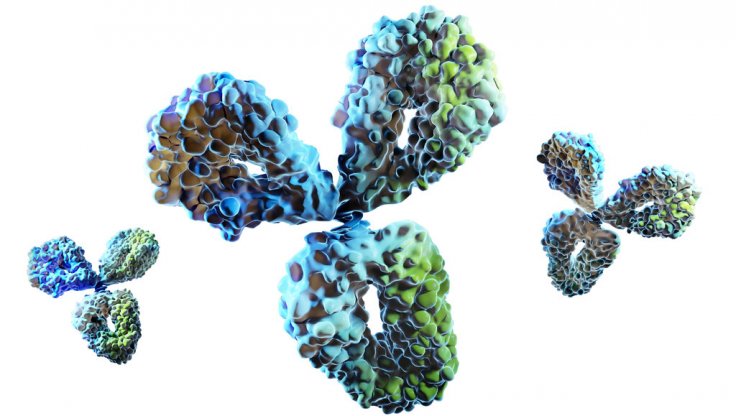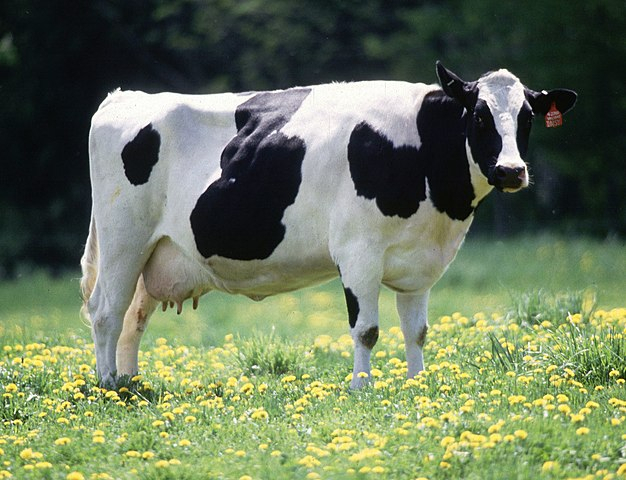The human body's immune defenses are incomplete without antibodies—the first responders to infections. However, sometimes, they may fall short and manmade antibodies are relied upon. In a new study, researchers have reported the creation of the world's tiniest antibodies, ushering in a new era in the treatment of several diseases.
The miniaturized antibodies were developed in a collaborative study between scientists at the University of Bath, and UCB, a biopharma company, and were derived from cows who were immunized with foreign bodies.
"This research has led to the discovery of the smallest clinically relevant antibody fragments ever reported and we are very excited about their potential," said Alastair Lawson, lead author of the study, in a statement.
Foot Soldiers of the Immune System

Antibodies are Y-shaped proteins produced by the body in order to bind with foreign particles, or antigen, that invade it and neutralize them, and essentially prevent or fight infections. They consist of chains of amino acid—compounds that form proteins—that combine to form loop-like structures. The loops within the chains known as 'complementarity determining regions', bond with antigens and initiate immune reactions.
However, manmade antibodies have also been created by scientists to tackle specific illnesses. As of now, the smallest manmade antibodies—monoclonal antibodies, or mAbs—are the ones derived from llamas, alpacas and sharks. They are administered to patients whose bodies are unable to combat infections on their own and require assistance. For example, antibodies from llamas are being tested against COVID-19.
Uniqueness of Bovine Antibodies
Bovine antibodies (i.e) antibodies from cows are more looped that the others. Approximately 10 percent of such antibodies contain a feature known as a knob domain—a unique characteristic found in jawed vertebrates. These compactly bound structures are made available on a protein stock and are believed to play a crucial role in the binding process.

What makes these knob domains of special interest to researchers is that when they are isolated from the remainder of the antibody, these loopy structures can function autonomously. This, in essence, makes them tiny antibodies that can bind effectively with their targets. And this is what the scientists leveraged. "These knobs are able to bind their target as complete antibodies, so in effect we have been able to miniaturize antibodies for the first time," said Jean van den Elsen, co-author of the study.
Deriving World's Smallest Antibodies
The antibodies used in the current study were derived from cows that were immunized with antigens through injections, which elicited an immune response in them. Natural antibodies from cows are extracted through the mechanism of sorting and 'deep sequencing' of B-cells—a type of white blood cell—that produce them. The antibodies are then manufactured in cultures of human cells in the lab.

Antigens known as 'Complement component C5' was employed by the authors to trigger an immune reaction in the cows. It plays an important part in several human diseases where there is an inflammatory response, including COVID-19. "They have very sturdy, tightly-packed structures," said Elsen. "So not only do they get to places better than other antibodies but they may also have a far longer shelf life."
Immense Potential In Development of Therapies
mAbs have served as reliable and effective treatments for managing several life-threatening conditions such as cancers, lethal viral infections and autoimmune disorders. As far as the potential application of the newly developed antibodies go, their diminutive size provides them immense potential. In the cases of pathogens where the large size of regular antibodies makes binding difficult, the bovine antibodies can bind better, and gain access to sites that large ones can not.
The researchers hope that miniaturized mAbs can be integrated into a broad range of drug therapies. "Antibody drug discovery is an established field but this research opens up entirely new opportunities. There is huge potential use for these miniaturized antibodies," concluded Alex Macpherson, lead author of the study.









